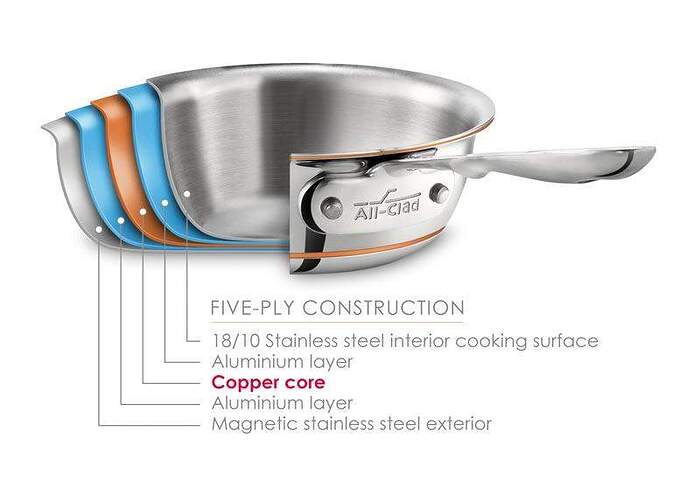Hi all,
At 29, I finally think it’s time to stop buying garage sale pans and actually invest in some good, high quality cookware. I’m working on finding all the different pans I’ll need, not to mention which brands, and then saving up and buying them one at a time. At the moment, my list looks like this:
Demeyere Atlantis
Proline frying pan 8" & 12"
Saucier 8"
Teppanyaki
Saucepan 6.5" & 8" (1.6 qt and 3.2 qt)
Saute 11"
Mauviel
Rondeau 11"
Saute 9.5"
Saucepan 7"
I discovered that the Atlantis line is mostly disc clad, and don’t have enough experience cooking in disc vs fully clad to know what pots this might make a difference in. I was looking at switching some out for the 5+ line, which is fully clad, but lacking some of the love the internet has bestowed on the Atlantis line. I am also looking at Zwilling Spirit line, especially the ceramic coated, and am thinking of getting the 6 qt ceramic dutch oven.
So, the question is…which pans should I try to find fully clad versions of, what pans am I missing, and what would be better choices then what I’ve found? Let the debate begin!







